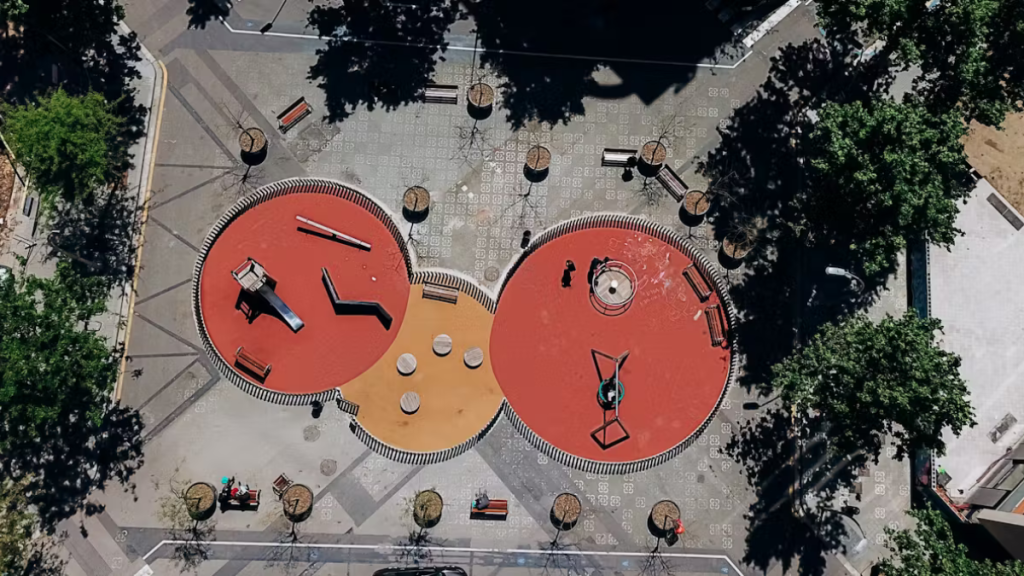Life moves faster than ever. Public places must keep up with us as we speed through airports, malls, and commutes.
Cities are rethinking how to build these areas. Now it’s about making movement efficient and comfortable for everyone, not simply looking nice.
From wider walkways to smarter layouts and from real-time info screens to modern elevators and escalators, urban design is evolving. Every elevator company in the UAE is part of this shift, helping transform how people move through buildings and public places safely and without delay.
In this blog, we’ll explore how public spaces are being reimagined to fit a faster world with design that helps people keep moving, no matter where they’re headed.
1. Why Speed and Efficiency Matter Today
Back in 1950, only about 30% of people lived in cities. It’s more than 50% today, and by 2050, it’s expected to hit nearly 70%. That’s a lot more people using the same spaces, which means those spaces need to work smarter, not harder.
And because of our “on-demand” mindset, we don’t have much patience for delays. We’re used to instant everything, so we expect the same in public areas. No one wants to waste time navigating confusing layouts or waiting in long lines.
Public spaces aren’t just for one thing anymore, either. Today’s malls, airports, and stations mix shopping, work, travel, and leisure all in one place. That also means these areas must be designed for speed and smooth movement.
Here’s some food for thought: in the U.S., the average one-way commute is about 27.6 minutes, and that doesn’t even count time spent moving through buildings or public spaces. Imagine how much time we could save if those spaces were designed to help us move faster and easier.
2. Smart Design for Seamless Movement
How do we redesign public spaces for a faster world? It starts with making movement simple and stress-free.
Think wide walkways, clear signs, and layouts that just make sense. If people have to stop and figure out where to go, it slows everything down. Good design keeps people flowing naturally through a space. No confusion, no congestion.
And let’s not forget about vertical transportation. In big spaces like malls, airports, or train stations, things like elevators, escalators, and travelators (those moving walkways) are a game-changer. They help people move quickly between levels or across long distances without waiting around or getting tired.
Some transit hubs and malls are using open layouts and clear paths to help people get where they’re going without bottlenecks or confusion. A strategically placed escalator can also help create space’s flow well, as everything feels faster and less stressful.
3. Multi-Use and Adaptive Public Spaces
These days, public spaces are doing a lot more than they used to. A plaza might be quiet and chill in the morning, then turn into a busy pop-up market by lunchtime, and maybe host a live show or event in the evening.
The same goes for lobbies, rooftops, and open areas. You’ll see it’s all about creating places that fit into your day, whatever you’re doing.
Also, accessibility matters. Public spaces should be accessible to walkers, wheelchair users, and strollers. Good design includes ramps, wide passageways, and elevators to make no one feel left out.
However, individuals need places to slow down, too. That’s why green spaces, quiet corners, and rest spots matter. They ease the pace of life.
4. Sustainability and Efficiency Go Hand in Hand
It’s important for fast-paced areas to be environmentally conscious as well.
Consider elevators and escalators. Many now include energy-saving settings that slow down or turn off when not in use, conserving electricity without slowing people down. Smart and efficient.
By reducing heat, noise, and trash, eco-friendly materials are making busy public spaces more comfortable and less overpowering. Food courts and restrooms should have smart waste bins and water-saving technologies. These small upgrades help keep things clean and green without much effort.
Today’s public spaces are doing more than just helping people move quickly. They’re helping cities become faster, cleaner, and smarter while making sure we stay comfortable along the way.
Conclusion
Public spaces are important to our lives, especially today when everything is faster and more connected.
As life accelerates, so must our surroundings. Smart, well-designed spaces allow us to move about, get things done, and enjoy our day without stress.
Public spaces are being upgraded to make life easier, faster, and more convenient for everyone. The upgrades include travelators at large transport hubs and smart design in busy city areas.




